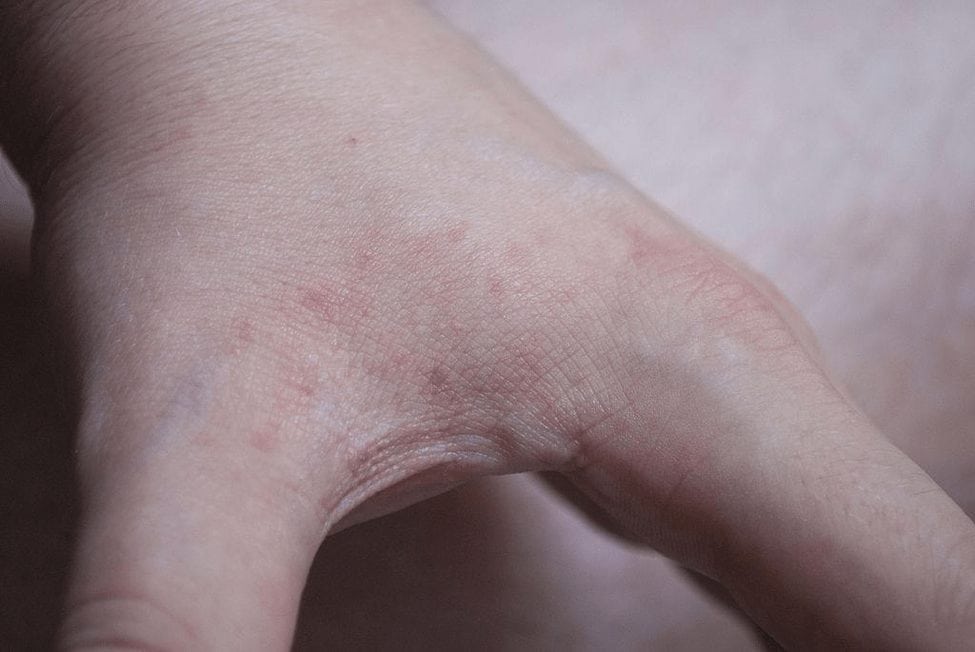Your Cart is Empty
Free Shipping on Orders Over $40
Free Shipping on Orders Over $40
Free Shipping on Orders Over $40
Best Bed Bug Elimination Products

Bed bugs have been bothering humans for thousands of years. Researchers have found evidence of these pests dating back to ancient Rome, Greece, and Egypt. Despite their long existence alongside humans, during the 1950’s bed bugs were nearly completely eradicated in the developed world. It wasn’t until the 1990’s that the United States saw a majorresurgence in bed bugs. This could be due to increased international travel, use of targeted pesticides, growing bed bug resistance to pest control products, or a lack of prevention understanding among the general public. Whatever the reasons may be, bed bugs have become a major problem, and residents across the U.S. are scrambling to know how to get rid of them. Professional bed bug control has become big business for pest control companies. These treatments can be very expensive, so many frustrated people have started tackling the problem on their own. It can be tricky, but it can definitely be accomplished. Bed bugs are one of the most difficult pests to eliminate, so it is widely recommended that control methods involve many different approaches, both non-chemical and chemical. With a well thought-out plan, effective bed bug treatment products, and continued use of bed bug prevention methods, do-it-yourself bed bug control can be achieved. This Ultimate Guide to Bed Bugs will give you all the information you need to know to eliminate bed bugs for good.
If you are concerned about a possible bed bug infestation, proper identification is the first important step. There are many different bugs that are often mistaken for bed bugs including: fleas, carpet beetles, ticks, booklice, spider beetles, and cockroach nymphs. Before you waste a lot of time and money, make sure that you are really dealing with bed bugs.


 Attribution: British Pest Control Association <https://creativecommons.org/licenses/by/2.0/> viaFlickr
Attribution: British Pest Control Association <https://creativecommons.org/licenses/by/2.0/> viaFlickr 


Bed bugs can be frustrating and difficult to deal with, but with the right information and some great products, you can achieve complete bed bug control. There is a full line of Harris products dedicated to helping youget rid of bed bugs. We are America’s oldest EPA registered pest brand and want to help you take back your home once and for all.
How to Identify Bed Bugs How to Eliminate Bed Bugs How to Prevent Bed Bugs